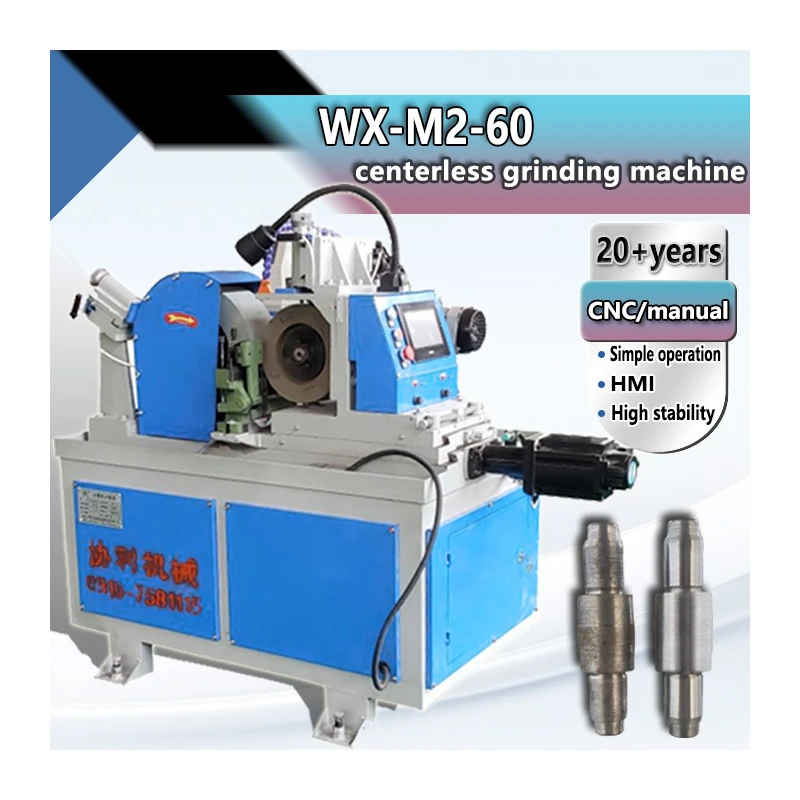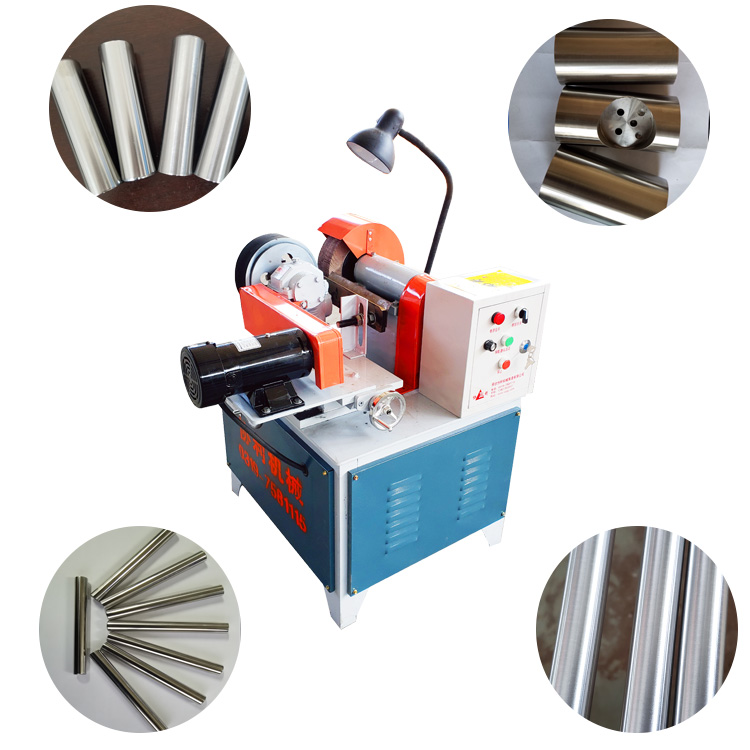For More Details Pls Contact Us
Fiberglass Reinforced Plastic (FRP), also known as fiber-reinforced plastic, is a composite material widely used across various industries.

Select The Product You Need

Precision CNC Centerless Grinding Machine 0.8-60mm

Auto stainless steel round tube polishing machine
Follow Our Blog